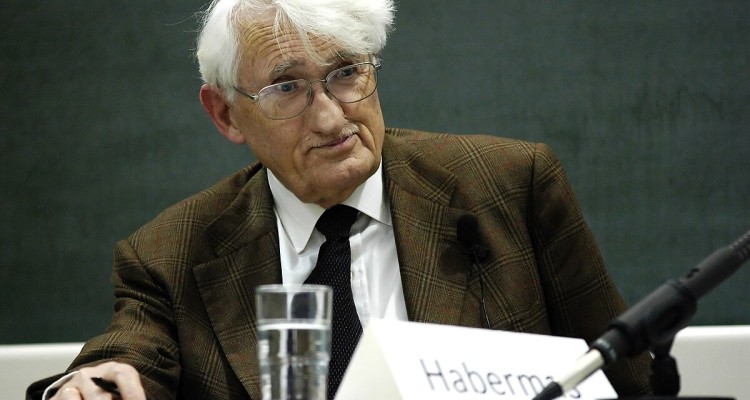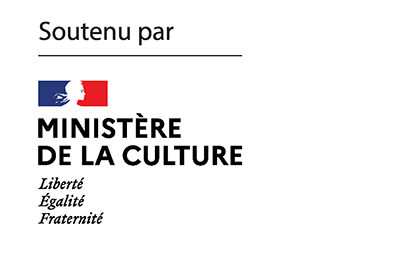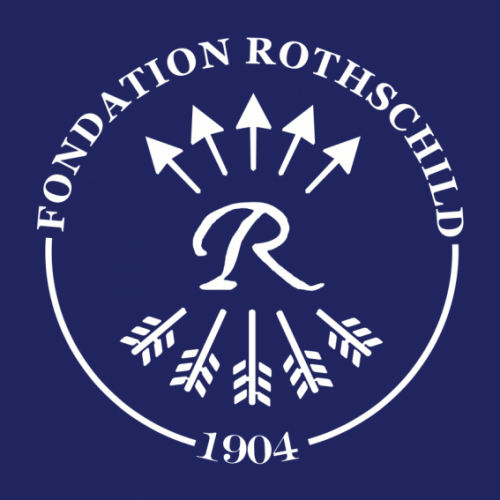How do we explain the return of pogrom imagery as Israel grapples with interethnic violence between Jews and Arabs? More than seven decades after the state’s founding and the end of the British Mandate, why does such language persist? Examining the spate of Jewish-Arab clashes, Danny Trom reflects on the political dimension of majority-minority relations in Israel.

“Kristallnacht has come to Lod,” exclaimed Mayor Yair Revivo in comments to the media, after a May night on which rioters had sacked the city in central Israel, located near Tel Aviv (in the direction of Jerusalem), setting fire to synagogues, pillaging stores and beating Jewish residents, in some cases within an inch of their lives. Revivo, affiliated with the Likud Party, might raise the hackles of European Jews with this reference to the Nazi regime, which of course orchestrated the infamous Night of Broken Glass. How does one make a comparison between the culmination of the Nazis’ pre-war anti-Semitic persecutions and the sudden eruption of ethnic conflict in a “mixed” city in Israel, whose population of 77,000 counts 47,000 Jews and 23,000 Arabs? Kristallnacht, the first modern pogrom in Western Europe – organized by a state hurtling down a path to extermination – does not merit such a parallel. Nonetheless, as a violent and wanton mob coalesces, and leaves behind streets strewn with shattered glass, as the television broadcasts pictures of Torah scrolls being salvaged from ruined synagogues, such an analogy seems apt to the young mayor of a Jewish-Arab city, hitherto a place where peaceful coexistence seemed to be the rule.
Majority and Minority
Describing a riot initiated by some elements within a minority as a pogrom is simply a fallacy. A pogrom, which entails violence inflicted on a Jewish minority by a non-Jewish majority, with the aid or tacit acceptance of the authorities, cannot occur in a “Jewish” state in which Jews constitute a majority. The misuse of the term, however maladroit, permits us to penetrate to the heart of the problem.
The question of majority and minority is in the first place a matter of numbers. However, the inquiry does not stop there, unless we are concerned narrowly with electoral procedures, notably the counting of votes so that a winner can be declared. The majority-minority pairing evokes a polarity, a political relationship in which both sides depend on one another for their salience. The majority is the majority for and in the eyes of the minority; the minority is the minority for and in the eyes of the majority. Another relationship superimposes itself on this horizontal relationship: the ties of both to the state, which possesses a monopoly on violence and is charged with integrating communities and ensuring the common good. The majority-minority polarity inscribes itself also in the same political formation known as the nation-state; the state adds up the numbers of each group, but more importantly inserts both into the same national community, which of course has sub-communities but remains politically unified.
This is the reason for which the numbers, in order to be understood correctly, must be placed beside the factor of relations with the state. There are certain situations in which a group that is a numerical minority acts as a majority group, due to the privileged positions it occupies in the political apparatus, to the point of a monopoly. Proximity to the state can thus create a majority independent of demographics, and a lived experience of minority for a numerical majority, with the consequences in terms of domination and oppression that can proceed from such a reality.
This unique state exists with a double reality that renders the question of majority-minority relations quite peculiar; Israel is a novelty in both the history of the Jews and the history of states in general, namely their management of relations between majorities and minorities.
This is not the case in the state of Israel, where the numerical and political majority are the same: Jews form a clear demographic majority of around 80 percent, and the state defines itself explicitly as “Jewish.” Since the founding of the state more than seven decades ago, this fact has represented a novelty. There is no precedent for such a situation in Jewish history, when one defines this history as that of a dispersed minority, the trajectory of a group that has been both numerically and politically in the minority. The rupture between then and now is thus even starker, as one passes with the founding of the state of Israel from a double state of minority to a double state of majority. The assertion of Mayor Revivo on “Kristallnacht” in Lod thus seems even more perplexing. We can give these words at least two interpretations: his statement is perhaps an expression of stupor before the turn of events, or perhaps it represents an open attempt to compare the Arab rioters of Lod to anti-Semitic mobs, insinuating that these elements have no other aim but to kill Jews – reducing the political situation to a narrow matter of security. The two motives can in fact coexist, and the political motive probably exercises more force here. What does the usage of this comparison nonetheless demonstrate, even as this analogy is distorted and evacuated of meaning? The Jews’ repertoire of references, no matter where or when these Jews find themselves. Even when these references are no longer appropriate, and that reference has not been appropriate in Lod since the founding of the state of Israel. This unique state exists with a double reality that renders the question of majority-minority relations quite peculiar; Israel is a novelty in both the history of the Jews and the history of states in general, namely their management of relations between majorities and minorities.
Let us consider the erroneous assertion of the mayor of Lod without heed to his intentions, real or imagined, but rather as an indicator vis-a-vis the genesis of the situation by which we today are confronted. His words send us searching in the past, but not in that of Nazi Germany, but rather in that time of Mandatory Palestine, in which there were no interior borders in the land. Mandatory Palestine emerged after the dismantling of the Ottoman Empire at the end of World War I, with the British administering the territory at the behest of the League of Nations from 1921 onward. As soon as the Balfour Declaration committed the British to establishing “a Jewish national home,” the territory became even more a place of demographic competition.
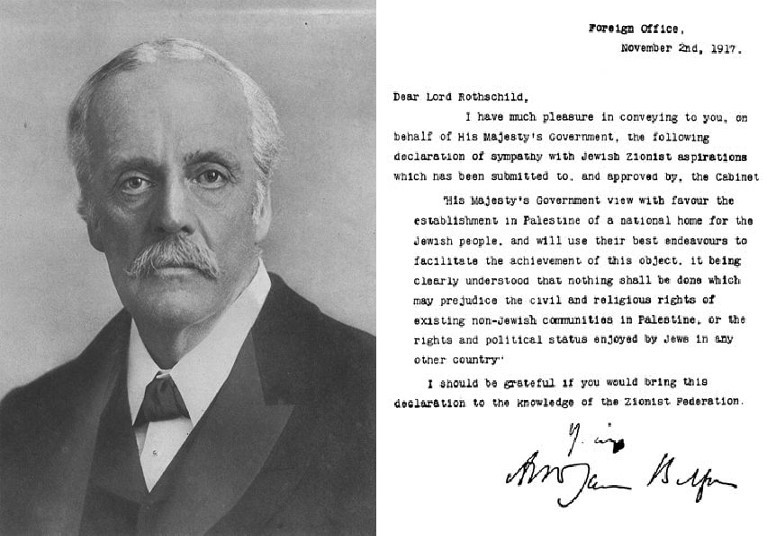
Jews, then a numerical minority, aspired to constitute a polity in which they would be a majority, stretching across as great a swath of land as possible. The territory claimed was immediately linked to demographics, demonstrating that the classic colonial logic of domination is not the most pertinent here. The battle of the Zionists to boost British quotas on Jewish migration, and Arabs’ push to reduce these quotas to nil, reveals the determining factor in this showdown: numbers. The British proceeded in an ad hoc manner, bogged down in contradictions and responding spasmodically and capriciously to the conflicting demands of both sides. British censuses were concerned with administration, but the demographic competition was inscribed in the dynamic of a zero-sum game: becoming a majority meant rendering the other camp a minority, with the whole of Palestine as the place of competition.
Before the State
British Mandate Palestine reached from the Jordan River to the Mediterranean Sea. While the Jewish population of the Yishuv boomed in the interwar period, Jewish population centers remained scattered over this expansive territory, and as such Jews remained a minority. The confrontations of the twenties between Jews and Arabs, the so-called “troubles,” which spilled over into bloody riots in 1929, could be figured as violence against a growing minority perceived as menacing and intrusive, even if there indeed was the so-called “Old Yishuv,” whose members in Hebron and Jerusalem had been long settled in the Holy Land, their presence having nothing to do with the Zionist enterprise. The massacre of Jews in Hebron in 1929 was indeed described as a pogrom by contemporaries, and that tragic event was far more lethal than the riot in Lod during the night of May 13, 2021.
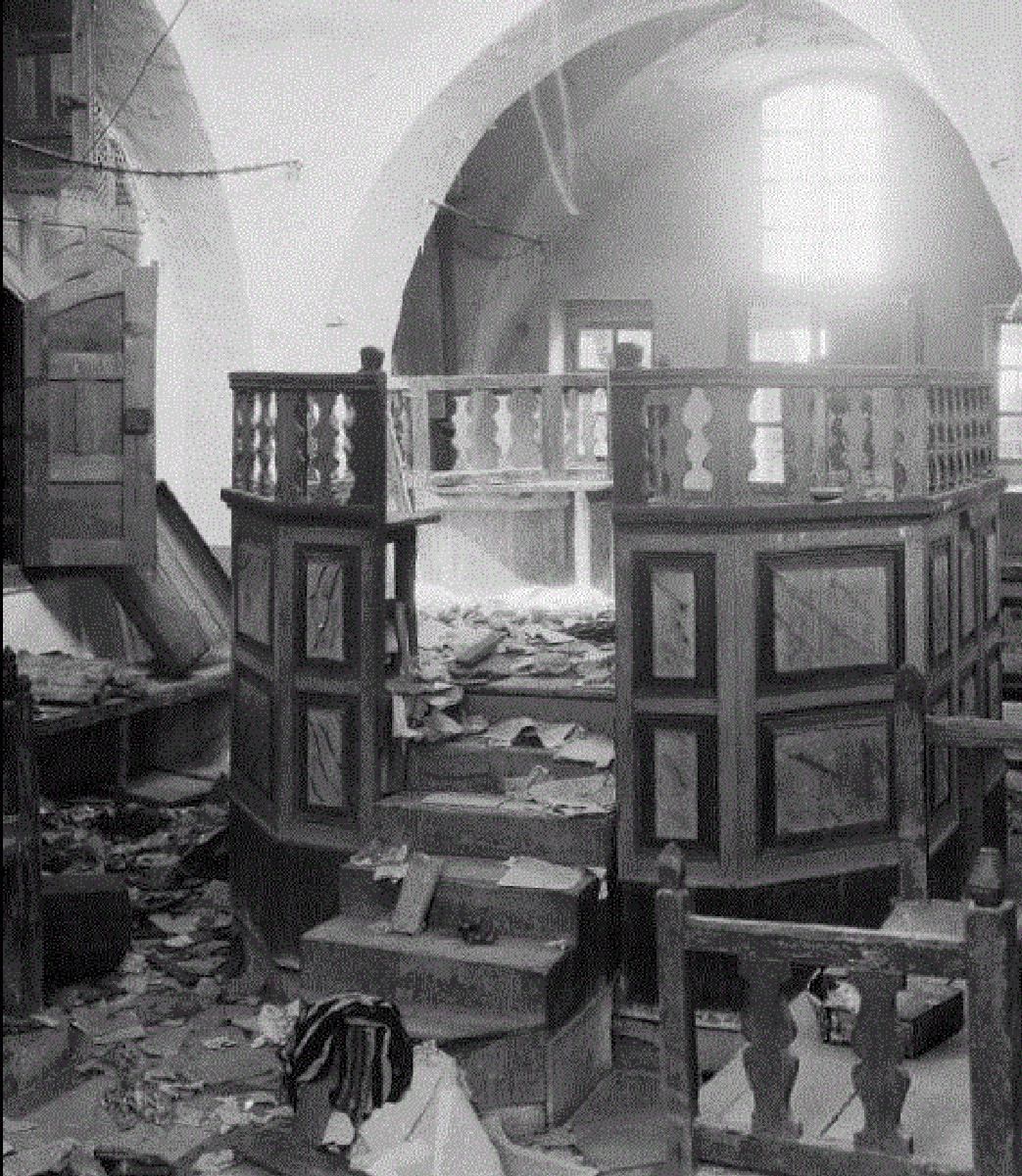
The Hebron massacre of the interwar period can indeed be rightly described as a pogrom for two reasons, one of them objective, the other subjective. Objectively, the Jews of Hebron were a traditional Diaspora community, native to the area and resident there for eons, historically managed as with other religious communities under the Ottomans’ millet system[1]. The men and women of both Old and New Yishuv were very aware of the persecutions of Eastern Europe, which many in the New Yishuv had experienced directly. No surprise then that subjectively that these immigrants perceived the Arab riots as a simple repetition of the pogroms, that is, a form of aggression in which mobs suddenly attack their disarmed Jewish neighbors. The authorities of the Mandate were snared in an equivocal position, pinioned between the mutually-exclusive promises made to Arabs and Jews alike. British rulers adopted the position of a wavering and shifting neutrality in order to guarantee public order. Jews were often left defenseless, except for the protection of small militias, which remained meager in number due to their illicit status. The mere fact that in Hebron Arab residents of good will were more successful in protecting Jewish neighbors than the deficient British authorities, that the violence burst forth suddenly, this confirms the impression of a pogrom. This was, of course, not how the Arab population viewed events, from the troubles of the twenties to the Great Arab Revolt of the thirties. The violence for them represented a form of legitimate resistance to Zionism, which aimed to relegate them to the status of a numerical minority. Pogrom or resistance? These were the two contradictory labels affixed to the Arab violence committed against Jews under the British Mandate[2].
With the State
The United Nations’ 1947 resolution on the division of Palestine, and the events that proceeded from this momentous vote – the State of Israel’s Declaration of Independence; the Arab offensives, both from within and without, intended to smother the new state in the cradle; the resulting exodus of much of the Arab populations; and then ceasefires of 1949 between Israel and the Arab powers – changed everything: the episode culminated in the fixing of borders for the State of Israel on the basis of the balance of power as seen on the battlefield. Henceforth, the “majority” and “minority” were going to acquire a more stable and objective status, calculated on the basis of populations present within fixed boundaries, which though arbitrary and contested, were made manifest through fences and barriers. These barriers, however, could not prevent entirely armed incursions from Arab commandos, called in the period “fedayin.”
The State of Israel, endowed with a numerical majority, deprived of arms the Palestinian Arabs living within its borders. The state placed them under a collective curfew for decades, in order to control them militarily. The state at the same time accorded Palestinian Arabs citizenship of Israel, and organized each community present within the state, so that each religious group could manage the personal status of members and institute particular educational institutions, which possessed great cultural and linguistic autonomy. Israel, in short, instituted a minorities policy, and built structures to undergird this policy. Israel’s Arabs were able to reach a communal consciousness within these structures. Arab citizens expressed a deep ambivalence toward the state, given that the state and their community were the result of the defeat of Arabs at the hands of Zionism. Arab citizens were henceforth obligated to understand themselves collectively as members of a minority group in a Jewish state, and individually as citizens of a state that upheld only Zionist aspirations, to the exclusion of all others. Israel’s Arabs constituted a numerical minority whose reduced status had been further compounded by defeat in a war – a war of their own initiative against the nascent Jewish state, but which had turned out badly for them. Jews were a numerical majority, and this status was aggrandized in their holding of state power.
Let us note that the Hebron massacre arose from a rumor at the time that Zionists, conflated easily with Jews as a whole, had designs to control the Western Wall. Jerusalem’s holy sites provided the kindling, in the interwar period and in our own day, for political passion and violence. Jerusalem is a metonym for Arab Palestine itself, which each time conflict mounts, sees itself as assimilated to a neighborhood of the Holy City. This remark refers us back to Lod, otherwise known in Arabic as Lydda.
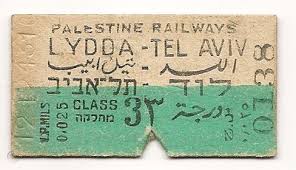
Indeed, the impetus for the riots in Israel’s mixed cities is said to have been Israel’s purported violation of the Temple Mount. Jerusalem captivates the attention of all those who live in historical Palestine, as well as that of spectators to the conflict who live elsewhere. Jerusalem is thus the focal point, even if the light seen at this point can be refracted and reflected through other points. Hebron, which contains the Cave of Patriarchs shrine, possesses this aura. So, too, with Lod, which at first blush seems somewhat irrelevant.
From Lydda to Lod
Lydda presents us with a rather dramatic and singular case of how Israel’s War of Independence and the forging of majority-minority relations are intertwined. British censuses depicted Lydda as a small Arab settlement, with 8,000 inhabitants in 1921 and then 18,000 in 1946; The town was home to a few Jewish families, but the area’s claim to fame was a strategic rail depot and crossing of the way under Mandatory Palestine. The newborn Israel Defense Forces laid siege to the town in July 1948, as part of its attempt to create a territorial corridor between Tel Aviv and Jerusalem. Egypt’s armed forces were then advancing northward, while Jordanian soldiers were headed west; there was a real chance that the new state’s two population centers could have been severed. Lydda was under the Partition Plan supposed to be located in a new Arab state, and the local defenders put up fierce resistance to the IDF’s offensive. The IDF committed a series of abuses during the conquest of the town, most now recognized and some still lurking in the historical shadows. After the IDF had captured Lydda, almost the entirety of the town’s inhabitants (along with those of neighboring Ramle) were expelled from their homes and directed toward the lines of Jordan’s Arab Legion forces.
There was a range of outcomes amid the pandemonium of that war with respect to exodus or continuity: from the cases in which Arab men sought to join up with the Arab Legion, to cases in which Arab populations were encouraged, intimidated or coerced into departure, to the more positive example of Haifa, where the local mayor placed local Arabs under his protection and urged them to remain. The case of Lydda-Ramle stands out as an instance in which exodus carried the day. This is why above all Lydda is emblematic for Palestinian Arabs of the expulsions that occurred during the War of Independence. Israel’s Jewish citizens see the events in both places as a lamentable episode in a ferocious conflict in which exceptional circumstances arose. One recalls that the order of expulsion was signed by none other than Yitzhak Rabin, the general who later would rise to prominence as a champion of peace and a new, equitable division of the land.
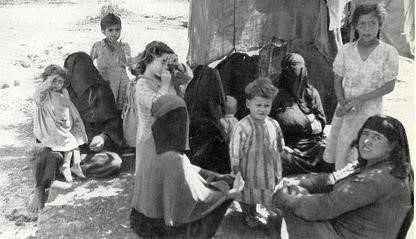
Given that the war was imposed by Arab belligerents and then transformed into an existential conflict for the Jews, the balance of military power dictated the setting of the border, which was “the Green Line.” This armistice line remains, even today, only a provisional border for those who contest the right of Israel to exist, no matter its frontiers. The Six-Day War revealed that for some elements on Israel’s political scene, too, the Green Line was open for revision as a definitive state border, even though the State of Israel tended to favor the Green Line as the basis of a border. Paradoxically, the Six-Day War and thus Israel’s military conquest of the West Bank and the Gaza Strip permitted the territorial reunification of historical Palestine. The land between river and sea today features a mess of overlapping and intersecting lines – proposed or disputed or past borders. The space thus rests fluid for the two camps, subject to revision in function of time and circumstance.
The malleability of space prevents the creation of permanent and fixed notions of majority and minority, from all points of view. The demographic question remains a pertinent one: Arabs have higher birth rates on the whole, even as the state of Israel benefits from a continuous in-migration from the Diaspora. Lod happens also to be the longtime former site of Israel’s international airport, which was built on the outskirts of the town and served as the nation’s main hub, until the new Ben-Gurion Airport, erected next to Lod Airport, replaced it in 1973. Historians have still not determined whether Ben-Gurion himself signed off on the decision to expel the Arabs of Lod, or whether this was a step taken at the initiative of the on-the-ground, local military authorities – a hasty choice reached in the fog of war. Whatever the case, the historical record seems to indicate that there was no general plan of action to expel Israel’s Arabs, and this cannot be the explanation for the Arab exodus.
Nonetheless, the borders of the new state closed on those who had fled or had been expelled, and the same holds true for Jews expelled by the Jordanians from Jerusalem or parts of the West Bank (these would only recover their homes after 1967). The first new residents of Lod arrived at the international airport, in the main immigrants from North Africa. Later strata of Jewish migrants would later arrive in Lod as well, including those from Ethiopia and Georgia. Jewish national minorities, often arriving in Lod after having been expelled from their countries of origin, lost that minority status to constitute a new majority society within the Lod municipality and the state of Israel. The city’s Arab minority, grew, too, its ranks filled out by the flow of internal migrations within the State of Israel. Arabs constitute a fifth of Israel’s population, but a third of Lod’s residents.
Despite the existence of the state of Israel, a Jewish community persists; under the Jewish citizen of Israel, there persists a Jewish subject, linked to the state but not entirely formed by it, who continues to conceive of his fate as a member of a people torn from its land.
In these new historical conditions, forged by population movement and the use of force, why does the imagery of the pogrom come to the surface in the event of “inter-communal” violence, as if one still lived in the Mandate period, in a Palestine with fluid borders? Riots in Israel’s mixed cities, clashes in the West Bank, rocket fire from the Gaza Strip (controlled by the political-military organization Hamas), these “fronts,” taken together, are but several manifestations of a phenomenon that has continued to develop inexorably since the failure of the peace process in the nineties. How does this all tie back to the evolving dynamics of majority and minority? The space of historical Palestine is today highly-segmented, divided into spaces among which the contrast is quite strong. The area within the Green Line, Israel-proper, features an Arab population that is doubly a minority, in numerical and political terms; and vice-versa, a Jewish population that is doubly a majority. The occupied territories of the West Bank are a place in which Arabs constitute a numerical majority, but are reduced to the status of political minority next to Israeli settlers, whose burgeoning presence has the backing of the political apparatus and the military. The West Bank thus appears a site of brute-force domination, due to these asymmetries. The Gaza Strip, occupied in 1967 and then evacuated in 2005, is the sole area in Mandatory Palestine that has neither a Jewish population nor Jewish state power. Palestinians are a double majority there, and that is why the Gaza Strip is a hot-house for the dream of rendering Palestinian Arabs a double majority on the entirety of historical Palestine. This is indeed the hope of both camps, as if the internal borders of historical Palestine could be forever revised.
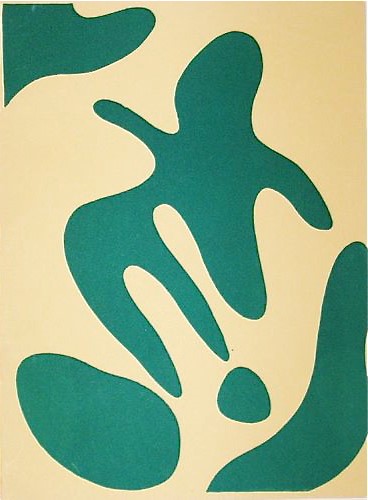
Where does this leave Arab citizens of Israel, such as those living in Lod-Lydda? Since the nineties, one has described a phenomenon of “Palestinization,” in which Israel’s Arabs have come to a consciousness, more and more avowed, of belonging to a Palestinian collectivity – embracing the occupied West Bank, the unoccupied Gaza Strip, the refugees scattered in Arab states – that is to say, one unified nation. This is the manner in which Israel’s Arabs – a minority within the Green Line – can figure themselves a majority within the whole of historical Palestine. The settling of occupied territories, first tolerated by the State of Israel, and then justified and placed in the context of security concerns, now aims – in tandem with the rightward shift of the Jewish state – to institute a Jewish double majority in all of Mandatory Palestine. Mandatory Palestine remains for both camps the basis of calculation and both sides hope that the evolution of demographics will be favorable to them. This holds for Israel’s settlers and their allies, who hope to annex the occupied territories, or at least those parts of the occupied territories the least-peopled with Palestinians. Ditto for advocates of a reunified Palestine, a binational state, which demographic evolution is said to render inevitable, i.e., Palestinians will become a numerical majority and this will necessitate their accession to the status of political majority. The State of Israel would no longer exist, in the sense of the state of double majority they today enjoy inside the Green Line, and with which political Zionism was concerned from the moment of its origin. The battlelines show that the same conception of conflict reigns in the two camps. For each, historical Palestine remains an aggregation of communities on which the birth of the State of Israel imposed false or temporary partitions. Palestine remains an open space in which two political groups, Jews and Palestinians, seek hegemony and iterate themselves, one against the other, in a sometimes-violent competition which both see as winnable.
The riots in Israel’s mixed cities, the most noteworthy having taken place in Lod, left Israelis slack-jawed. The long toil to integrate the minority, effective across a variety of domains, seemed undone in one night of incidents. One felt as if one had returned to the initial period after the founding of Israel, when suspicion of internal enemies could justify exceptional measures. Even as Israel’s Arabs made strides toward social and economic equality, the “Palestinization” of ”the Arab sector” nonetheless continued apace, as seen in the stances of Israel’s Arab parliamentarians. Meanwhile, Jews have continued to consider themselves as a political body that the State of Israel might represent, but with which the Jewish group is not commensurate. Despite the existence of the state of Israel, a Jewish community persists; under the Jewish citizen of Israel, there persists a Jewish subject, linked to the state but not entirely formed by it, who continues to conceive of his fate as a member of a people torn from its land. This self-conception determines his sense of belonging in the final analysis.
Majority, Minority: The Paradox
Becoming a numerical and political majority has not exhausted the historical memory of the Jewish people as a minority, even though the Zionist movement strove to transform this consciousness through the founding of the state. This dissonance between reality and memory constitutes one of the great existential challenges of the state. The situation on the plane of self-perception remains the same. The State of Israel is a place of double Jewish majority, but the Jews of Israel remained haunted by their historical minority status, which is deeply ingrained. It is in this sense, which favors ambiguity, that the mayor of Lod saw a pogrom unfolding before his eyes.
No doubt, as we have said, there is an instrumental aspect to this invocation of Kristallnacht, which accuses the rioters of anti-Semitism and serves the ends of the Israeli right and its hawkish policies on security. But the salience of the comment remains elsewhere. This diagnosis of the situation permits us to understand what renders such a statement possible. Lod’s mayor, let us believe him, did behold something chilling, impossible: a pogrom, the descent of Israeli Jews into the European Jewish condition. Palestinians/Arabs have on their side an idea of what it means to be a majority, both in historical terms and as a people tied to the larger Arab and Muslim collectivities (of course there are some few Palestinian Christians). Palestinians/Arabs constitute a nation that transcends borders esteemed to be superficial and changeable – their unity arises from the contestation of their diminishment into a double minority. They are united by the idea of opposition to the state of Israel and their fate to be the majority. This is why Arabs in the state of Israel are not susceptible to the usual vulnerability of a minority group. These citizens express themselves without reserve in public debate, often formulating criticisms of the State of Israel which go as far to contest its basic right to exist.
The transformation of a majority into a minority is laborious and perhaps unattainable. The same goes for Jews coming into their status as a majority. The mundane existence of the State of Israel, in which daily life is usually quite functional, renders this unfinished and unfinishing task less pressing. But when crises occur, both sides pull out their handheld calculators to redo the general count, as if the borders were fictive and the state of conflict restored in itself the original situation of fluidity.
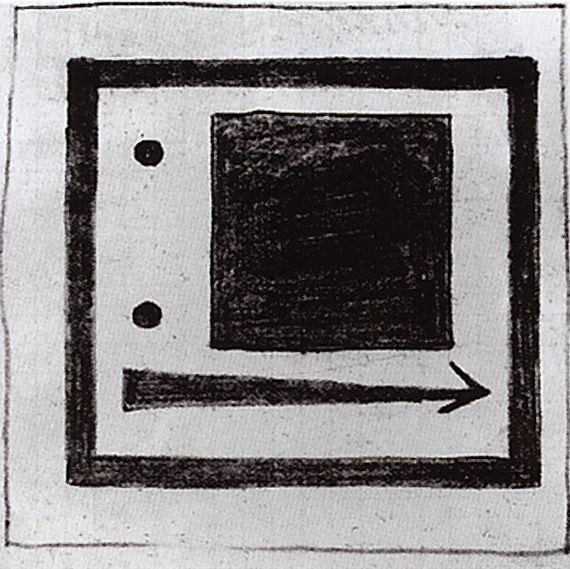
This is the Rosetta Stone for understanding a conflict that never ceases to vex international political observers: there is a minority whose behavior is determined by a majority habitus, as if it were incapable of learning the lessons of the Nakba; and ranged in the other camp is a majority whose behavior is determined by a minority habitus (the product of life in Europe and elsewhere), as if it were incapable of learning the lessons of its victory, that it to say, the birth of the state of Israel. The Gordian knot of the conflict resides in this chiasmus. While this tangle might be hard to undo, there is no way too avoid it. Each side must contend with their piece of it.
The State of Israel rests on this twin asymmetry, and there is little else it might do, if we agree that the existence of this state is seen as an irreversible achievement. This asymmetry precipitates a series of consequences, different and unequal. One must approach them as a set, or rather respectively, as each of these consequences acquires full sense in a state of interaction. Between a double majority and a double minority, the majority camp is first obligated to honor the duty that proceed from its status. The minority camp is in its turn obligated to respect the duties that are associated to its rights. The onus is on the majority to initiate the process, which one hopes – for the minority party, too – will be marked by self-correction. This is no gambit, but indeed the only realistic path by which one can proceed, given the conflict and its particular structure.
Danny Trom
Translated by Daniel Solomon
